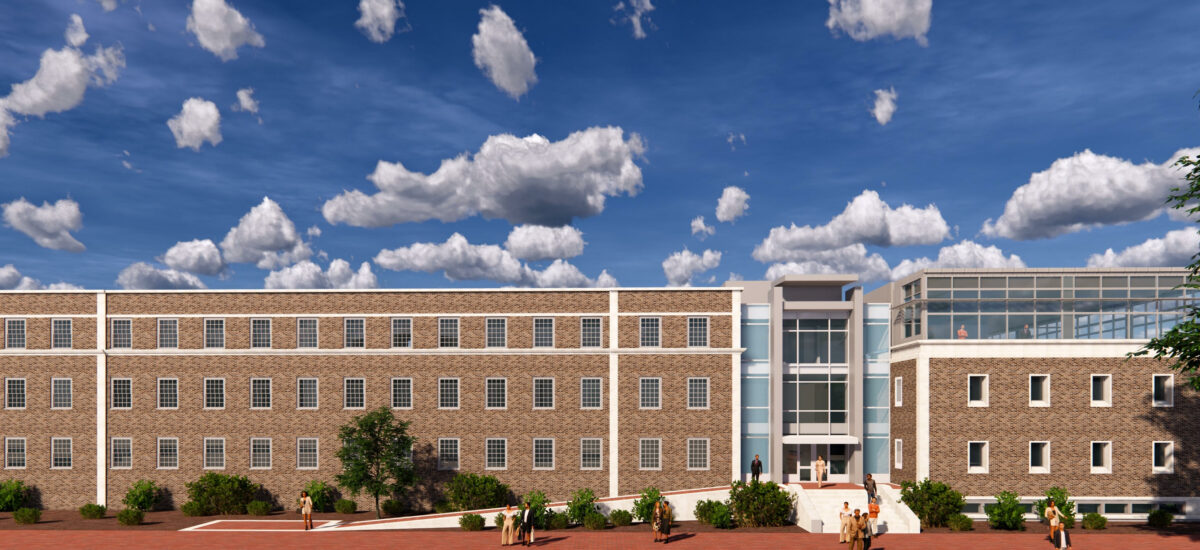The integrative design of Lafayette Gardens was developed over the duration of the fourteen-week semester in the spring of 2020, but the idea of combining art and the environment into an engineering setting derived from recent work by previous students in Engineering Studies (EGRS). EGRS is a unique major at Lafayette College that joins the engineering mindset with a liberal arts education, giving students the chance to develop skills necessary to approach problems in technical as well as economic, environmental, social, and political contexts (Engineering Studies: Program, 2020). As with many majors, EGRS requires its seniors to complete a capstone project, in this case, one that encourages students to realize how engineering impacts society through solving a problem specific to Lafayette. In 2017 and 2018, two different EGRS capstone groups attempted to develop solutions that addressed the negative atmosphere associated with Acopian Engineering Center. Both teams found that Acopian is perceived as a stressful and intimidating environment by both engineering and non-engineering majors (Blake et al., 2017, p.11; Guarana et al., 2018, p.1). Many of the students surveyed in the reports noted that the competitive atmosphere within the engineering community increases stress for individuals in the discipline and creates a divide from non-engineers whose own efforts are sometimes written off as being easier or incomparable to the engineering workload (Blake et al., 2017, p.13; Guarana et al., 2018, p.17-18). Unsurprisingly, this atmosphere creates an unwelcome feeling in the communal building. Thus, in an attempt to relieve this negative tension, the capstone teams proposed altering the existing space through the inclusion of art. Public art has been implemented on college campuses for a variety of reasons including “embodying and reflecting the intellectual and creative mission of the institution, enhancing the aesthetics of a campus, fostering campus community spirit, and memorializing individuals or events significant to the institution’s history” (Mankin, 2002, p.57). In the specific case of Acopian, the team hopes to use art to create a feeling of inclusivity, as well as creativity and innovation, into the building. While the 2017 capstone group looked at creating a river design in the main stairwell (Figure 1.4), the 2018 group focused their efforts on the northeast wall, proposing the use of a mural (Figure 1.5), light art (Figure 1.6), or a living wall (Figure 1.7) on the bare exterior. Both of the teams proposed solutions that applied art in a manner that mixed well with the engineering ideals as a way to show that Acopian is a place for all disciplines to work together. By looking at their analyses and solutions, our project team was able to expand on their ideas and develop a full design that incorporated the inclusivity goal.
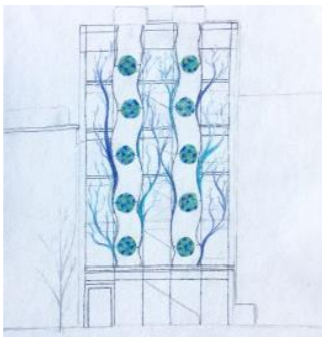
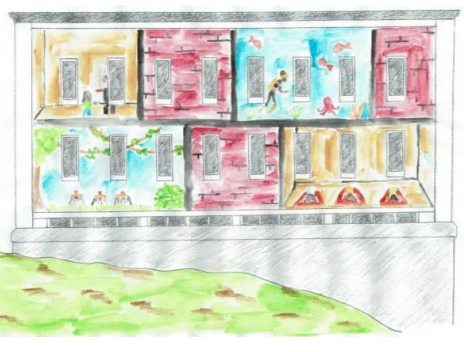
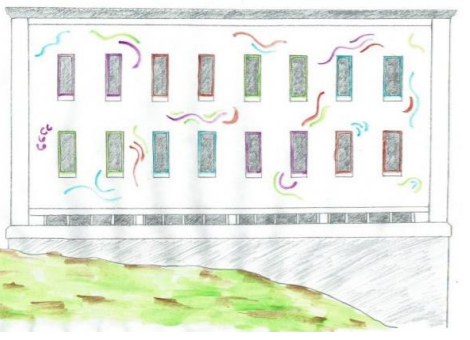
Figure 1.6 – Final light art concept design. Developed for the 2018 Art in Acopian Capstone. Guarna, O. (2018). (https://sites.lafayette.edu/egrs451-fa18/files/2018/12/Scan-2-676×493.jpeg)
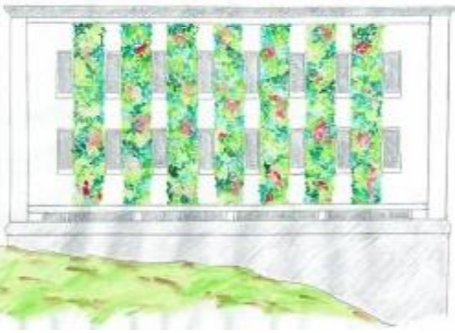
Click here to proceed to Chapter 1 – Introduction: About Us
